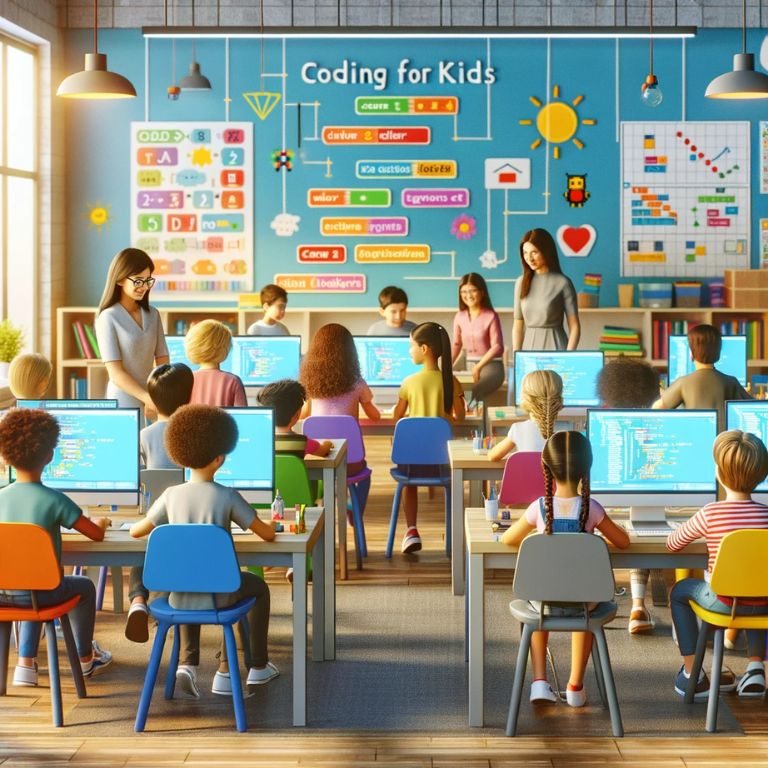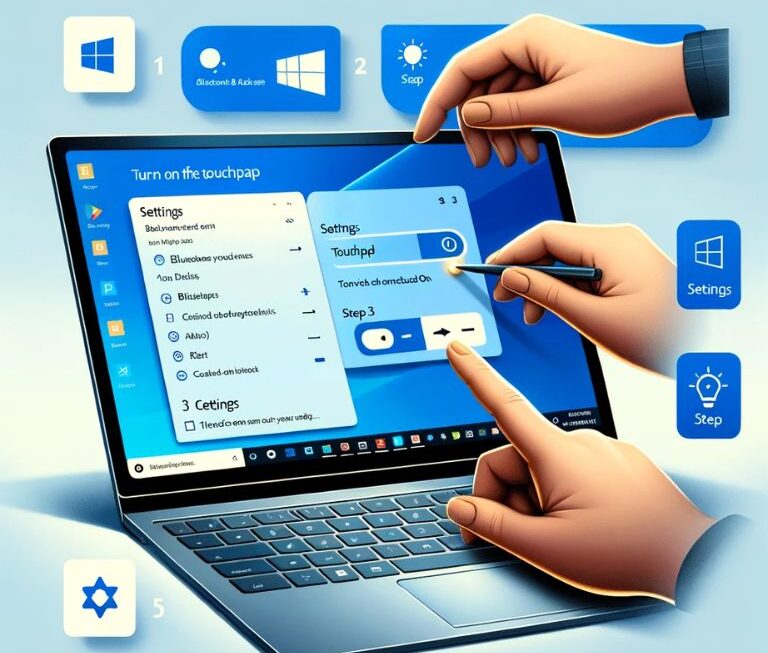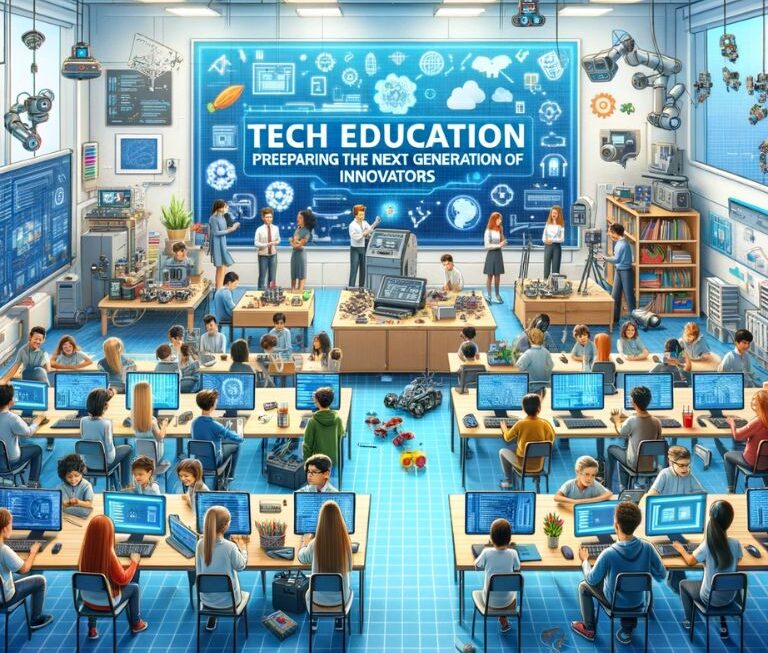In an era dominated by digital technology, coding has become an essential skill, comparable to reading and writing. Recognizing this, schools around the globe are increasingly incorporating computer science into their curricula. This article delves into the current trend of integrating coding into school education, exploring the benefits, challenges, and future implications.
Historically, computer science was reserved for specialized courses at the university level. However, the rapid advancement of technology and its pervasiveness in everyday life has shifted this paradigm. Governments and educational institutions have recognized the importance of equipping children with the tools to understand and innovate in a tech-centric world. This realization has led to a global movement to introduce coding at a much younger age.
Current Trends in Schools
Many schools have begun introducing coding in early education, with children as young as five years old learning the basics of computer programming. These initiatives often involve interactive and playful learning methods, such as coding games and simple robotics, making it accessible and engaging for young minds.
In addition to early introduction, there is a trend towards making coding education more comprehensive and inclusive. Schools are not only teaching the basics of coding but also integrating it with other subjects like mathematics, science, and even arts, to demonstrate its multidisciplinary applications.
Benefits of Early Coding Education
- Problem-Solving Skills: Coding teaches children to think logically and solve problems creatively.
- Digital Literacy: It prepares students for a future where digital literacy is crucial.
- Career Opportunities: Early exposure to coding opens up numerous career paths in technology and beyond.
- Cognitive Development: Coding challenges enhance cognitive skills like abstract thinking and reasoning.
Challenges and Concerns
Despite the enthusiasm, integrating coding into school curricula is not without challenges. These include:
- Teacher Training: There is a significant need for training educators to teach coding effectively.
- Resource Allocation: Schools often struggle with the financial and infrastructural aspects of implementing a coding curriculum.
- Equity and Access: Ensuring all students have equal access to coding education, regardless of their socio-economic background, is a major concern.
- Keeping Pace with Technology: The fast-evolving nature of technology means curricula need constant updating.
Future Implications
As we advance, coding education in schools is expected to evolve and become more sophisticated. This could lead to a generation of students who are not just consumers of technology but creators and innovators. The long-term implications could be profound, potentially transforming how future generations interact with technology and solve complex global challenges.
Conclusion
The movement to embed coding into school education is a crucial step towards preparing children for a future dominated by technology. While there are challenges to be addressed, the benefits of such an education are clear. As this trend continues, it is expected to foster a generation that is more tech-savvy, innovative, and prepared for the complexities of the digital age.




